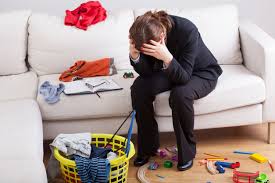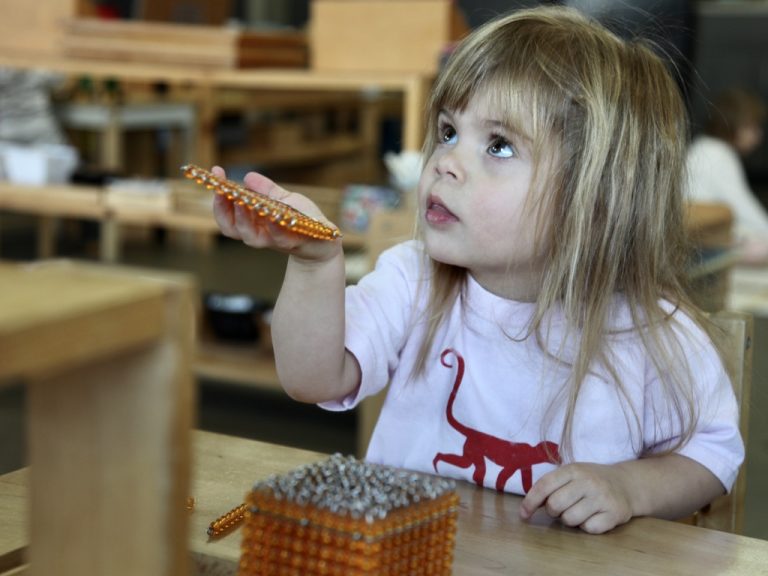How to Dress Children During Winter
Dressing children in winter can be a challenge for parents, especially first-time parents who are faced with these low temperatures. How do you know how much is too much or how little? Or when they are babies and they still can’t talk, how do you know how cold they are or when they are too hot?
These are very common questions, especially for parents who are facing winter for the first time, so here we are going to share some very practical tips so that you learn how to dress children and babies during the winter.
Tips for Dressing Children in Winter
General Rule
Dressing children in one more layer of clothing than parents would normally wear. Parents often make the mistake of putting so many clothes on babies or children that they can’t even move properly. Don’t overdo it – one more piece of clothing than parents would wear is enough. Keep in mind that dressing your child too much can cause their body temperature to rise to the point of fever .
Dress it in layers
It is the best option to cope with the low temperatures of winter, especially if you are going to be in different environments; that is, first on the street, then in the car, then in the park, finally at home, etc. This is very important to keep in mind, because when you are inside an enclosed space you will not suffer from the wind.
It is recommended that children wear 3 layers and that babies under 9 months wear an additional layer. The layers would be as follows:
1. The first layer is a tight-fitting shirt.
2. The second layer is a looser shirt or jacket.
3. The third layer is a warm and waterproof jacket, preferably one size larger so that the child is comfortable.
4. And the fourth layer in the case of babies would be either a blanket on top to cover the child or have: the tight shirt, the loose t-shirt, a sweater and the jacket.
Why is it important to dress them in layers? Because the child is going to be on the move, children are active and like to run and play, this makes their body heat up and they start to sweat. At that time we can begin to remove layers of clothing to help them thermoregulate, without exposing them to the cold.
Ideally, you should do it in a transitional manner or just remove the warmest jacket. You also cannot leave the child in the middle of winter with a short-sleeved shirt because the wind can hurt his skin . Again, as soon as the child is still, you dress him with the layer of clothing that was removed.
Extremities and Head Always Protected
The hands, feet, ears and nose are the areas of the body that get cold the fastest; in fact, heat is lost quickly from the whole body through these areas. This happens not only to babies and children, but also to adults, which is why this is an area that requires attention during the winter.
Hats that cover the ears are very practical, gloves are also essential, especially if the child is going to be outside in the strong winter winds. It is also very important to have special winter footwear and thick socks. In the case that the child is going to be outside, it is recommended that he/she wear a scarf that covers his/her nose and mouth.
When is Too Much Clothing?
This is very important especially when babies cannot speak yet. Some signs that the child is too warm and is very hot are when there is excessive sweating that moistens not only their skin, but also their hair.
You begin to have rapid and labored breathing while at rest, you may also develop a slight rash on your skin due to the heat or you may have a fever due to the increase in your body temperature.
In any of these situations, start removing layers of clothing gradually. Do not expose the child to strong temperature changes. If the clothing is wet, especially the first layers, they should be changed. Always keep the child hydrated.




